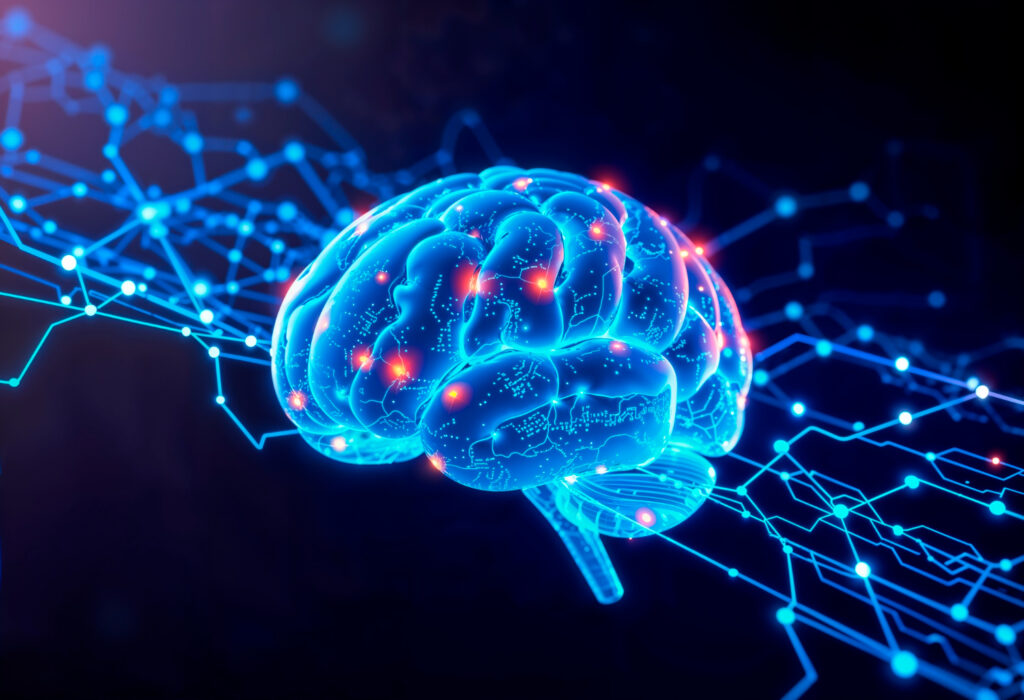Struggle to keep calm when angry, scared, or overly excited? Learn how to beat an amygdala hijack — the brain’s quick emotional takeover. Discover simple tips to control your reactions, stay balanced, and protect your mental health.

Health: Why We Lose Control of Our Feelings: What’s Amygdala Hijack & How to Handle It
Have you ever felt your face burn with anger? Got goosebumps because you were too happy? Or had sweaty hands when you were scared? There’s a simple reason — it’s called an amygdala hijack.
What is the amygdala?
Inside your brain are two tiny parts that look like almonds. They’re called the amygdala. Their main job is to handle your emotions. If something feels risky or scary, your amygdala is the first to react and makes you feel fear.
What happens in an amygdala hijack?
Dr. Prashant Goyal explains that when we suddenly feel very strong emotions — like anger, fear, embarrassment, or danger — our amygdala takes over. It does this without asking us. This also “turns off” the front part of our brain, which helps us think clearly and make smart choices.
So stress chemicals like adrenaline and cortisol rush through our body. That’s why we might yell, cry, run away, or get angry without thinking.
The writer Daniel Goleman first used the term “amygdala hijack” in his famous book Emotional Intelligence back in 1995.
How does an amygdala hijack feel?
When your amygdala fires off its alarm, you might feel your heart racing, muscles tightening, or your breath getting fast and shallow. Dr. Goyal says this is why your reactions at that time are quick and emotional, not smart or balanced. Later on, when you calm down, you might feel embarrassed or regret how you behaved.
Can you stop an amygdala hijack?
Yes! Dr. Goyal says you can, but it needs practice. Try these simple steps:
✅ Be mindful: Pay attention to how you feel. If you notice you’re getting too angry, scared, or upset, stop and see what’s going on inside. Is your heart racing? Are you breathing fast?
✅ Breathe slowly and deeply
- Breathe in for 4 seconds
- Hold it for 4 seconds
- Breathe out slowly for 6 seconds
This helps your brain know everything is okay and lets your thinking brain start working again.

✅ Know your triggers: Figure out what usually upsets you — is it being criticized, failing, or feeling unsure? If you know your triggers, you can handle them better next time.
✅ Think about it later: Once it’s over, ask yourself — was my fear really true? Did my reaction make sense? This makes your logical brain stronger.
Common questions about amygdala hijack
1. Is it only linked to anger?
No. It can be triggered by fear, shame, embarrassment, insecurity, or stress. Even minor issues can cause it, especially if your mind is already under pressure.
2. Is it a mental illness?
Not at all. It’s a natural brain reaction meant to protect us. However, if it happens too often and affects your safety or relationships, therapy might help.
3. Can yoga or meditation help?
Absolutely. Regular yoga, breathing exercises, and mindfulness lower the amygdala’s sensitivity and strengthen the brain areas that control thinking, helping you stay calm.
4. Do kids experience this too?
Yes — even more often. Since children’s brains are still developing, they tend to cry, scream, or throw tantrums when overwhelmed. That’s why gentle handling and understanding are important.
5. Does it impact memory?
Yes. When the amygdala is in charge, memory-forming areas like the hippocampus don’t work well. This is why after an emotional episode, we might forget exactly what we said or did.
6. Are decisions made during an amygdala hijack reliable?
Rarely. In emergency mode, thinking stops and emotions take over, leading to rushed, unbalanced decisions.
7. Can too much screen time worsen it?
Yes. Excess social media, especially negative news or online trolling, keeps your brain on high emotional alert, making small triggers feel huge.
8. Are medicines needed to control it?
Sometimes. If someone gets hijacked often, leading to anxiety, depression, or panic attacks, doctors might prescribe anti-anxiety or mood-stabilizing meds. Still, CBT (Cognitive Behavioral Therapy) and mindfulness work best.
Also Read:
- Lemon, Amla, Guava: Which Has Most Vitamin-C?
- Heart Health Tips: 5 Habits That Can Reduce Heart Attack Risk
- Stay Fit Daily with This Full-Body Yoga Exercise
Author

Anaya M.
Anaya M. is a health and fitness writer at InsightIndia.in, dedicated to making wellness simple and accessible. With a keen interest in healthy living, nutrition, and fitness trends, she crafts practical and informative articles that empower readers to lead healthier lifestyles every day.

















